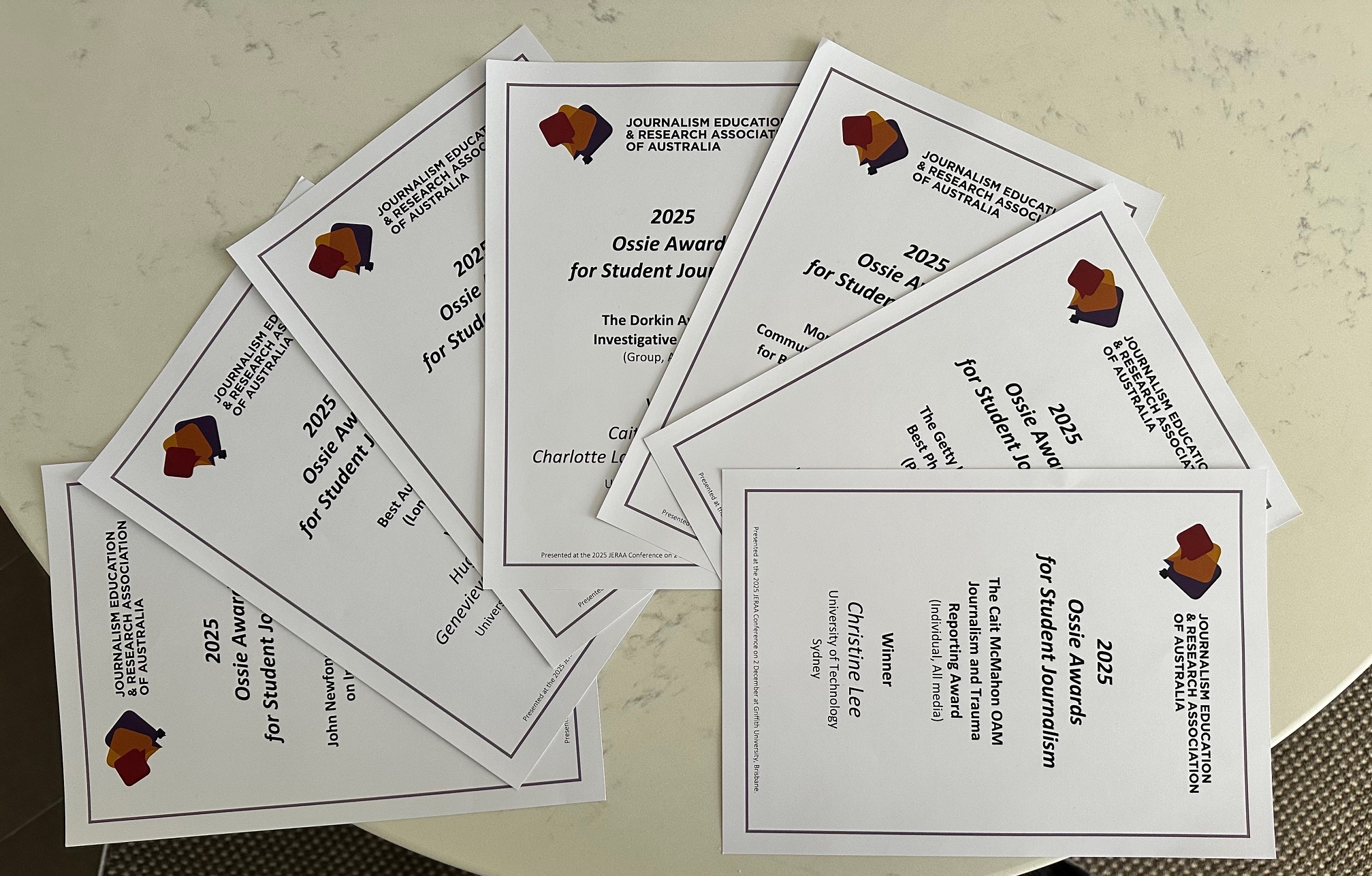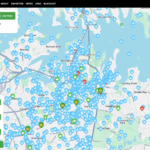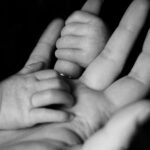Recognition of the rich history of sign languages among Aboriginal and Torres Strait Islanders and promotion of a Blak Auslan is being obstructed by establishment prejudice, researchers say.
They add diverse non-verbal forms of expression across hundreds of Indigenous Australian language and cultural regions, are relegated as alternate forms of expression for not conforming with traditional English Auslan conventions.
“Sign languages aren’t all the same. Different forms have different meanings,” Dr Jennifer Green, a research fellow in the School of Languages and Linguistics at the University of Melbourne, said.
“There are some examples, particularly in the Top End or northern part of Australia, of signs being articulated on the lower part of the body.
“For example, there is a kin sign from Maningrida or some of those communities that use the calf of the leg as the place of articulation.”
Like spoken languages, sign languages have their own unique grammar and linguistic characteristics. But less is known about Aboriginal Sign Language or Blak Auslan, partly as a consequence of its unique structure and usage.
Unlike primary sign language, predominantly used by those who do not have access to the spoken language, such as the Deaf community, many Indigenous sign languages (ISL) are classified as alternate sign language.
Alternate sign languages often serve as an additional facet to a spoken language, used by both hearing and Deaf peoples. It is commonly used where speaking is impractical or prohibited; and signs can vary vastly in different regions of Australia.
However, limited research and ongoing linguistic prejudice against First Nations Australians have also contributed to the lack of recognition for Blak Auslan.

“As a Deaf Aboriginal woman, I feel at times quite disconnected, and I want to work towards these changes in language. And I think it’s coming.” (Source: Live screenshot of Forum)
Joanna Agius OAM, a Narungga woman and founder of Deaf Aboriginal Services, is profoundly deaf herself, said: “I have been teaching Auslan for a good, roughly 20 years… [However], I’m finding more and more, in my Auslan teaching, that there is so much rooted in English and that, as a Deaf Aboriginal woman, I feel at times quite disconnected.”
Speaking to the recent Aboriginal Sign Language Forum, at the University of Sydney, she added: “I want to work towards these changes in language. And, I think it’s coming.”
The event held in-person and online, with live captions and Auslan interpreters, organised in support of USyd’s Diversity and Inclusion team and the DVC Indigenous Strategy and Services Media Team, featured Aboriginal sign language experts, educators, linguists, researchers, and community members, and looked at ways to expand the space of Aboriginal Sign Languages and its benefits for both hearing and hard-of-hearing Indigenous and non-Indigenous people.
Colonisation’s impact on Blak Auslan
Evidence of highly specialised signing used by the First Nations people of Port Lincoln, in South Australia, dates back as early as 1846, when it was observed by the Lutheran missionary Clamor Wilhelm Schürmann, an early pioneer in documenting languages in Australia.
Over time, these rich sign language traditions have evolved, blending ISL and Auslan elements over time, however, colonial barriers have made it increasingly challenging for First Nations Australians to fully take ownership and innovate within Blak Auslan.
“[Blak Auslan is] Auslan and Indigenous sign, and Aboriginal sign morphed into one… Blak Auslan is bilingual,” Agius said.
“[Deaf Aboriginal people] have been basically discriminated for [coming together to try and create our own signs] … people saying, ‘No, no, no, no, we want to try and control that’. And Deaf people are like, ‘Oh, ok, we’ll follow what you want’, right?
“There [is] a fear of rejection for us Deaf Aboriginal mob getting together to talk about Auslan signs. And so, therefore, we feel disempowered, and we basically follow their decisions that they made about us and our consultation. I would often attend many events in different places, often First Nations events, and there would be non-First Nations interpreters, and by that, I mean whitefella interpreters.
“They would sign things and not be familiar with the actual terminology, the language around the country… Not because they were deliberately being ignorant, they just haven’t been educated.”
Technology and revitalisation of language projects
However, teaching and use of Indigenous signing is increasing, and the NSW Auslan K-10 Curriculum plans to include Auslan and ISL in its syllabus by 2026.
Sign language websites such as Iltyem-iltyem also advocate for it, with videos of Indigenous signing and demonstrations of the rich diversity of ISL
“Alternate sign languages are a piece of a jigsaw of resources that people might draw upon to communicate effectively in their communities and cultural contexts,” Dr Green said.
“These alternative sign languages are also endangered, as are Australian Indigenous First Nations spoken languages. Sometimes, it’s the older people who, for example, might know particular signs for plants and animals that maybe younger people don’t know.
“[And so] what we hope to do is to make really sustainable records and resources that help people look after these languages. These sign languages are not static, they are dynamic and there are signs for new things that come about and have come about for a very long time.”

Language projects underscore the importance of revitalising Indigenous languages and the need to further build upon them to help reduce the isolation of Aboriginal hearing and hard of hearing people and communities. Source: Forum screenshot.
Agius said more funding was needed to run the programmes.
“Then, essentially, we can create a database for Indigenous Deaf people all over this nation of ours, where we get together and work as a team of Australians,” she added.
“The language is over 250,000 years old, so we have colonisation that’s been happening to try and remove all of us and our language and our mob. We also wanted to educate the wider community and advocate, and have people stand up for us.”
Feature image sourced from screenshot.




























